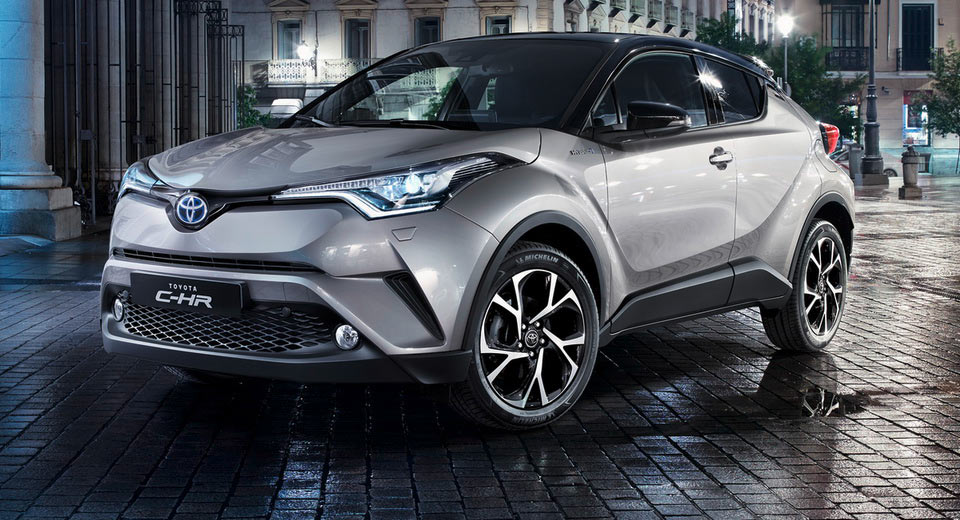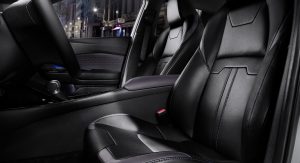Since its debut in Europe early this year, Toyota’s boldly-styled C-HR crossover has managed to become the company’s third best-selling model.
The Toyota C-HR has managed to surpass the company’s sales expectations, which targeted 100,000 units annually in Europe, with early demand straining production at the Sakarya plant in Turkey.
The company has already sold 31,888 units during the first quarter of the year, building a solid foundation in a crowded segment which includes the Ford Kuga (40,033 units), Peugeot 3008 (37,163 units), Renault Kadjar (29,474 units) and Seat Ateca (21,707 units). The Nissan Qashqai remained the top-seller with 75,114 units over the same period.
“This year, we will comfortably sell more than 100,000, probably toward 110,000,” Matthew Harrison, vice president of sales and marketing at Toyota Motors Europe said to AutoNews. “We have more than two months’ worth of order bank, in terms of consumers waiting. We are having to reallocate supply in order to avoid customer dissatisfaction or unnecessary waiting times.”
Toyota is not offering a diesel engine option on the C-HR but that didn’t stop customers from buying, with over 80 percent of them choosing the hybrid powertrain. “I think we are moving into a phase with the C-HR introduction where we have got real product-led share growth,” said Harrison.
Under its funky bodywork, the Toyota C-HR Hybrid is using the same powertrain with the Prius, meaning a combination of a 1.8-litre petrol with an electric motor, mated to a CVT transmission. Total output is 120hp, with the official fuel economy to be a combined 74.3mpg UK (3.8lt/100km) and CO2 emissions rated at 86g/km.








